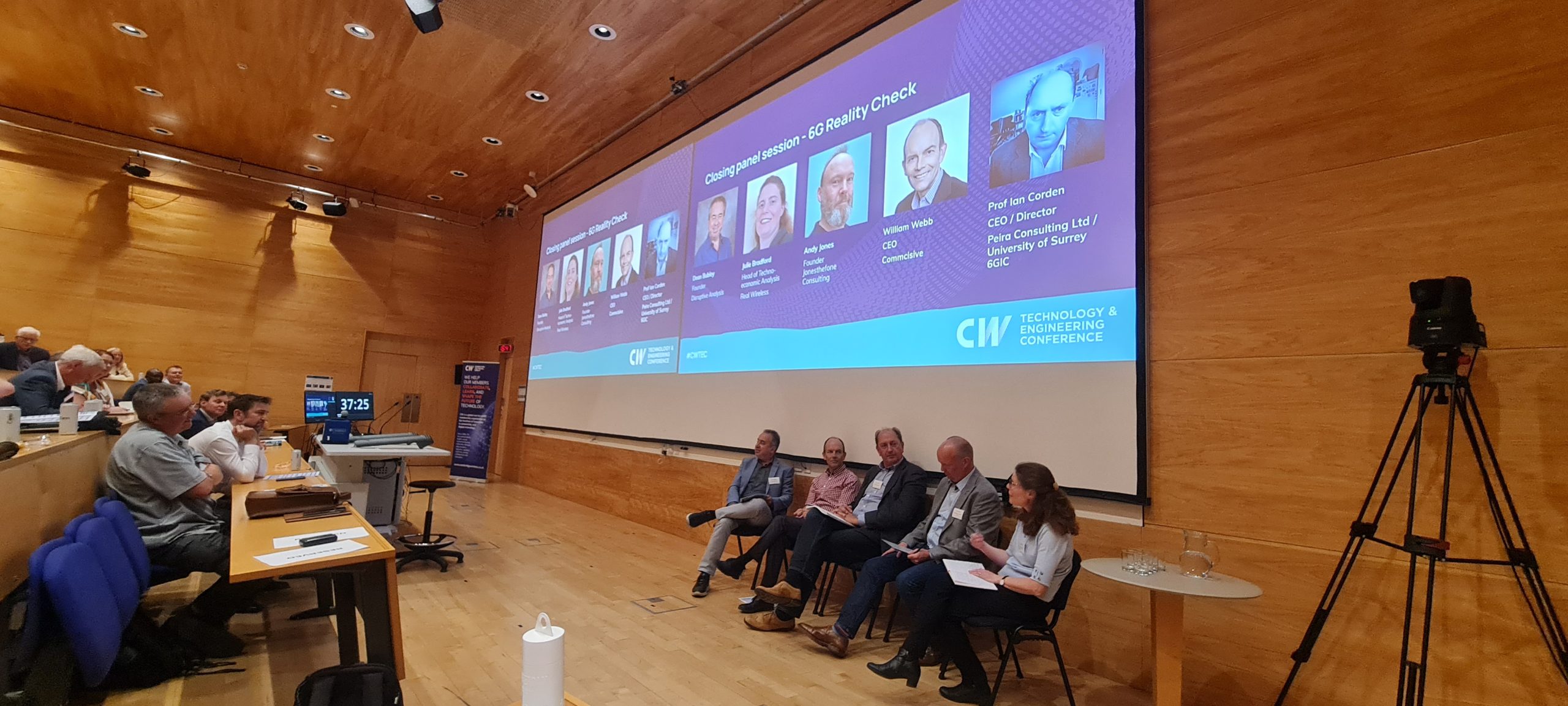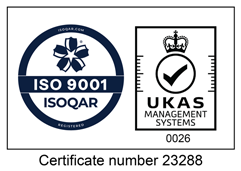Even though the initial transition to 5G has completed in mature markets, mobile operator (MNO) owned networks are still primarily about serving outdoor, mobile, voice-driven consumer requirements. Contrary to much industry commentary, the transition to a version of 5G in which the native service-oriented architecture of the core is readily available remains at a very early stage.
This emphasis on service-oriented architecture clearly signals an acceptance by standards bodies of the need for a logical representation of repeatable business activity in the form of a growing range of enterprise use cases. But MNO appetite to build-out from such standards seems limited. And this reluctance is easily understood. Broadly speaking, the most significant challenges are, as ever, an absence of devices, a rich legacy of high-quality LTE RAN and core infrastructure and the determination to preserve investments which, in most instances, are likely to prove fit-for-purpose for many years to come.
The big question is, perhaps, fit for what purpose?
All this might add up to a significant moment – the inflection point at which the dominance of MNO deployed architectures for mobile wireless is seriously threatened for the first time.
There are certainly no shortage of new players emerging with different architecture choices and a range of business models and service menus. Players like Cisco, offering white-box, private 5G solutions, Rakuten’s Open RAN advocacy and Amazon’s private network offer are all variations of software-enabled as-a-service models. After what seems like a decade of false dawns, it feels like software-isation is finally starting to take hold, although not quite as many anticipated.
At the same time, while outdoor remains the domain of the MNO, regulatory shifts in the US and UK at both national and local levels indicate asset owners and local authorities are beginning to establish levers to control.
In the UK, the JOTS neutral host in-building model is the much-cited poster child of this new era, the front runner suggesting that the diversification of credible architectural solutions and business models is finally underway.
JOTS is important because it’s field-tested (albeit PoC) proof that MNOs are able and willing to incubate and agree alternative deployment architectures compatible with their own rigorous quality-of-service expectations. This in turn enables a new ecosystem of neutral host and system integrator companies to buy at sufficient scale to mature architectures and start to commoditise lower cost deployment options that are typically small cell oriented.
These approaches that rely on the availability of agile low-cost mobile infrastructure will be needed over time as densification of 4G and 5G becomes increasingly important to meet escalating and evolving demand.
Meanwhile, back in the office, enterprises and their system integration and IT-solutions supply-chains have always been experts in procuring Cloud and support IT infrastructures. As the interfaces associated with mobile cellular-like systems become increasingly compatible with Cloud and service-based architectures (a leading sales point in Cisco’s sales pitch), it seems fair to assume that IT expertise will also start to drive and inform the deployment and, over time, the evolution of logical architectures.
In the era of digital transformation of business and manufacturing, this shift towards IT focused solutions is not in itself surprising but it may have unexpected implications for the traditional wireless industry, not least because the IT sector standardises architectures in a different way to the cellular ecosystem. With de facto standardised platforms like x86/MS-Dos/Windows emerging through deployment, customer adoption and business choices, the standards-oriented ecosystem and formalised roadmap of mobile cellular is likely to come under strain, pulled in too many directions by an even greater number of competing interests than it is currently used to.
In addition, companies that have deployed systems underground and have access to street assets – for example, BAI in Hong Kong and soon in London with partners TfL – or companies like OneWeb, that have deployed satellite systems overhead, will decide that, with coverage and growing capacity, they choose to adopt their own preferred architectures and wish to assert more influence over the converged logical architectures. This is as it should be – it would clearly make no sense, for example, for MNOs to lead the way in helping to established unified satellite architectures going forward.
As always, balance needs to be struck between the need for diverse architectures to address niche deployment requirements, the battle against fragmentation and the need for scale to ensure costs remain under control.
Aligning end-user requirements with business models and innovative approaches to architecture sits right at the sweet spot of Real Wireless skillsets. We understand the needs of enterprise and organisations, as well as how to optimise and evolve architectures to reduce costs and maximise performance to meet specific demand.




















